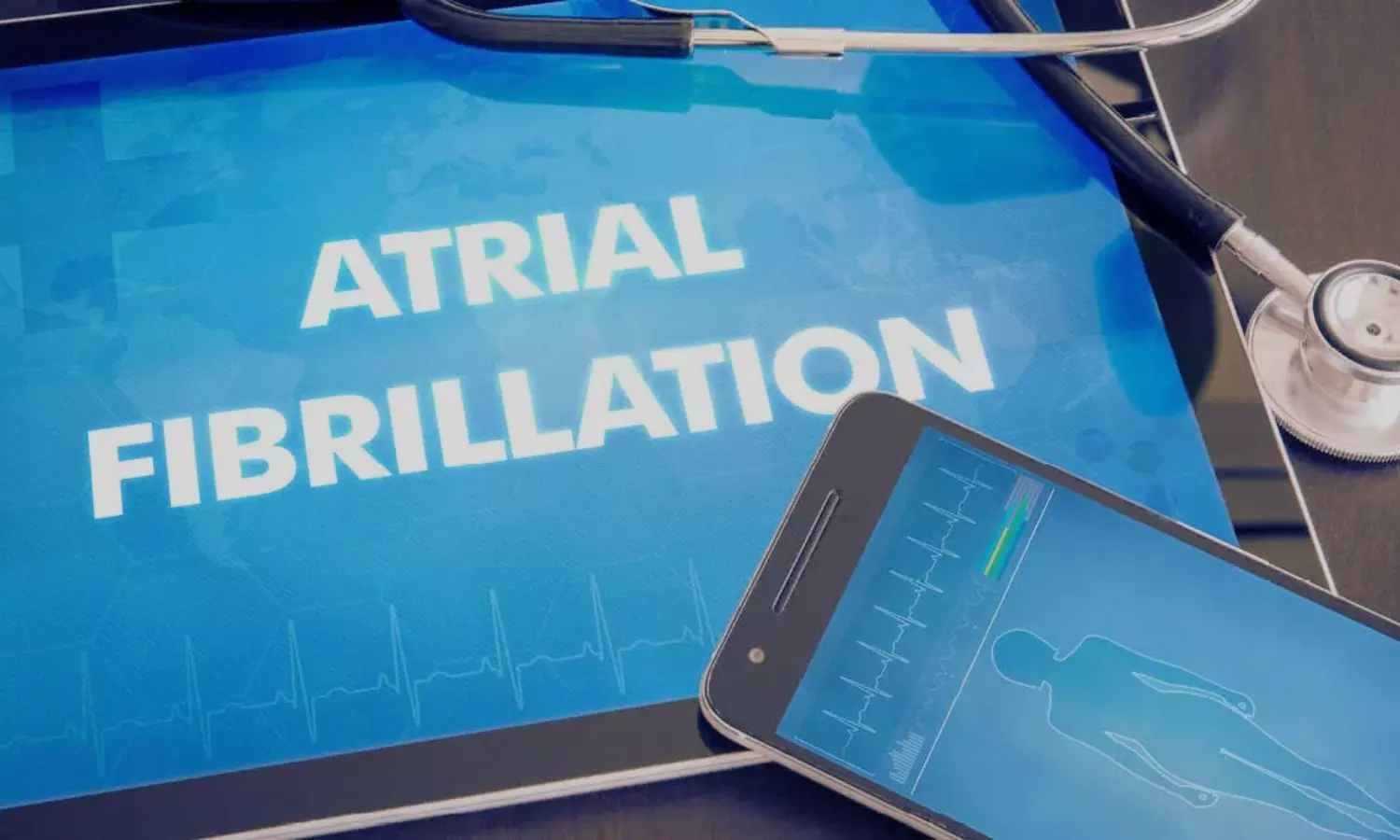Edoxaban as good as Apixaben for VTE prevention in elderly with nonvalvular AF: Study

In a recent study that could influence the management of nonvalvular atrial fibrillation among the elderly, recent outcomes unveiled the comparative effectiveness and safety of edoxaban against apixaban. This research was carried out using data from the United Kingdom Clinical Practice Research Datalink spanning from 2015 to 2021.
Nonvalvular atrial fibrillation is a common heart rhythm irregularity that increases the risk of stroke and systemic embolism in the elderly. Anticoagulants like edoxaban and apixaban were prescribed to reduce these risks. However, the relative benefits and risks of these medications in patients above 80 years had not been thoroughly compared until now.
This meticulous analysis encompassed a total of 7,251 new users of edoxaban and a total of 39,991 users of apixaban. The advanced statistical techniques including the propensity score fine stratification and the weighting were adjusted for potential confounders that ensure the reliability of the results.
The primary outcomes of interest were the incidence of ischemic stroke, transient ischemic attack, systemic embolism and major bleeding events. The secondary outcomes included all-cause mortality and a composite outcome that covered both thromboembolic events and major bleeding incidents like the gastrointestinal and intracranial hemorrhages.
The outcomes of this study indicate that both edoxaban and apixaban express similar effectiveness in preventing thromboembolic events, with adjusted incidence rates of 20.38 and 19.22 per 1,000 person-years, respectively. However, a marked difference was observed in the safety profile of the two drugs. Edoxaban users experienced a significantly increased rate of major bleeding events when compared to the individuals on apixaban, with adjusted rates of 45.57 versus 31.21 per 1000 person-years. This translated to a 42% elevated risk associated with edoxaban.
Also, this comprehensive study noticed a 21% higher risk for the composite outcome of serious adverse events in patients who were taking edoxaban. Despite these differences in safety, the risk of all-cause mortality remained similar between the two groups. While both medications offered comparable effectiveness in preventing thromboembolic events, the increased risk of major bleeding with edoxaban cannot be overlooked. Overall, this study underlines the importance of individualized patient care and the need for careful consideration when prescribing anticoagulants to the very elderly who are vulnerable to the adverse effects of these medications.
Reference:
Chiv, R., Beradid, S., Suissa, S., & Renoux, C. (2024). Effectiveness and Safety of Edoxaban Compared With Apixaban in Elderly Patients With Nonvalvular Atrial Fibrillation: A Real-World Population-Based Cohort Study. In Stroke. Ovid Technologies (Wolters Kluwer Health). https://doi.org/10.1161/strokeaha.123.045098



